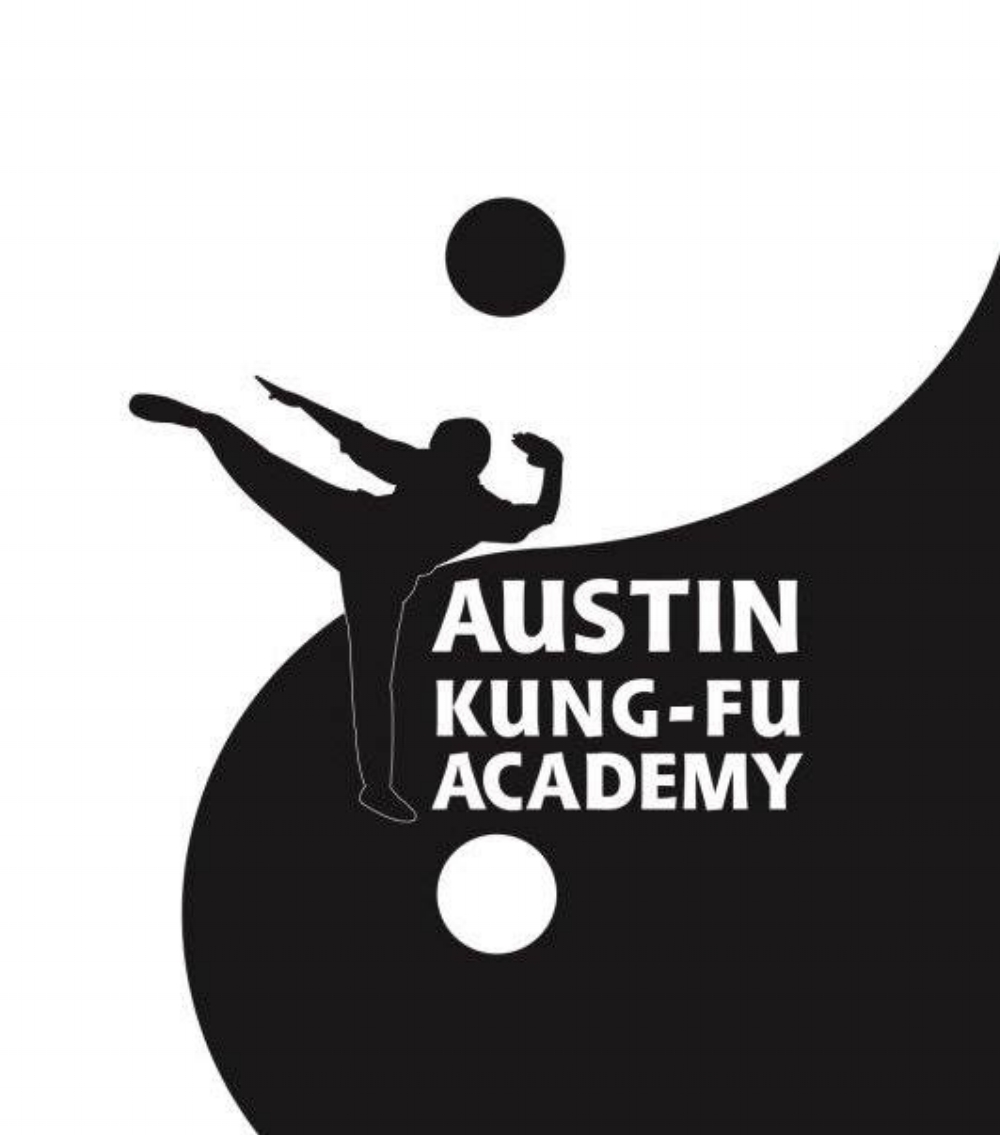When it comes to women's self defense tactics and strategies, here are the common ones you tend to hear about:
1. Kick him in the groin!
2. Poke him in the eyes!
3. Scratch him!
4. Bite him!
5. Punch him in the throat!
Well, these MIGHT work. But really, it's not likely. What is more likely is that it will make the attacker more angry, and want him to further impose his will on her. What is more likely is that she will miss, or not generate enough power to do damage, thus further aggravating the attacker.
Instead, the following concepts are far more reliable:
1. Manage the distance to manage the damage. Either be all the way out of striking range (2 arms length distance away), or all the way in, clinching (like a hug), because strikes have very little effectiveness there.
2. Use leverage-based submissions to subdue them. This means techniques such as breaking the arm or shoulder (e.g. armbars, figure four locks, shoulder cranks) or chokes (e.g. rear naked choke, guillotine choke, & triangle choke). These submissions don't really look like they are attacks, but they wind up severely damaging the opponent. Breaking the arm/shoulder and chokes are universal ideas that apply to all human bodies. In other words, a punch or a kick's effectiveness depends on how much power is behind it and how much force the opponent can absorb. An arm break or choke will happen, regardless of how much punishment the attacker can take - a break is a break and no oxygen to the brain is no oxygen to the brain!
These ideas are much more accessible to practice. The more you practice this in a simulated experience, the more natural these movements become. Here is an example of one of these practice sessions. Keep in mind, she has been training with private lessons for several months:
Women's Self Defense Video
